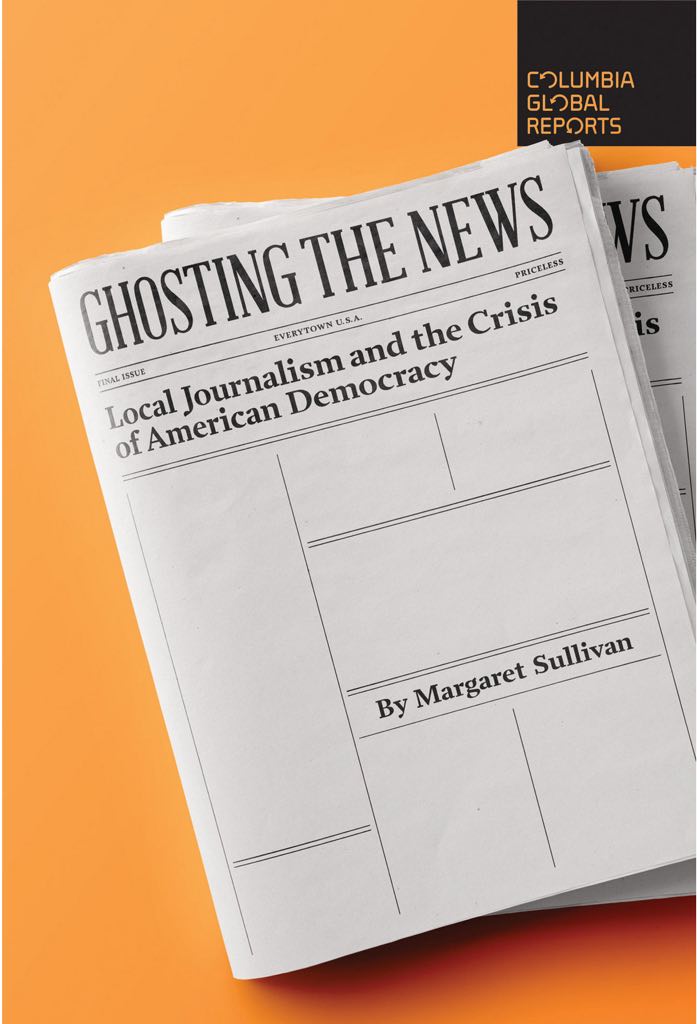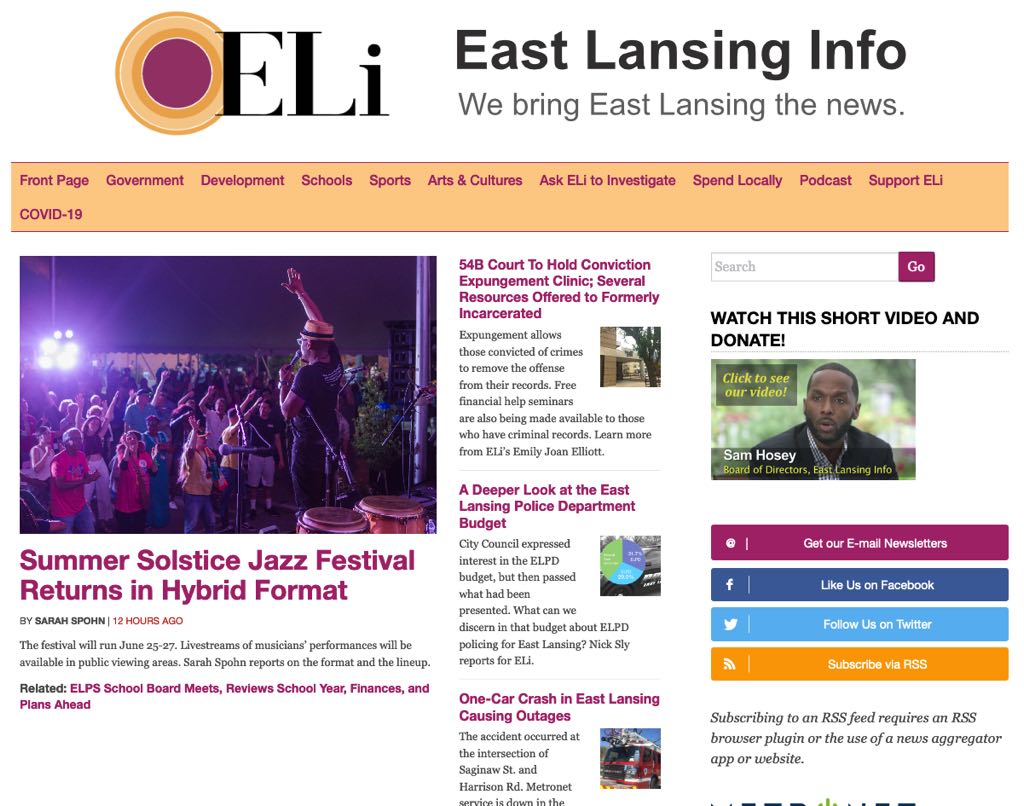
- News deserts are plaguing US print news coverage
- Evolving business models aren't taking hold fast enough and coverage is decreasing
- The impact on local TT news is different, but no less worrisome
Photo by nupix/DepositPhotos.
BitDepth#1304 for June 04, 2021
Trinidad and Tobago occupies an interesting space in the Caribbean archipelago for journalists, with a long history of getting information from a newspaper while also embracing, with significant enthusiasm the possibilities of broadband-driven digital information delivery.
Over the last ten years, the evolution of journalism in TT has both tracked with and been foreshadowed by developments in larger markets. Buffers of tradition delayed shifts in news consumption, giving media managers a valuable buffer between an inevitable future of news immediacy and the tradition of the morning paper.
No major media house in TT took advantage of that opportunity and most harrowed on for years, carving familiar trails into well-ploughed fields.
Now, the harvests are in and they are disappointing across the board.
In Margaret Sullivan’s book, Ghosting the News: Local Journalism and the Crisis of American Democracy, she examines the growth of ‘news deserts,’ large areas of America that are no longer served by local print newsgathering.
While the three major dailies in TT are billed as national newspapers, they serve the same role that city and town dailies do in major metropoles, delivering focused, regionally-specific news that’s serves a specific geographic area.
Gaps are already appearing in the reporting available in this country. Feature reporting, the heart of any daily newspaper, has fallen dramatically from its peak in the 80’s and 90’s as the emphasis turns to hard news and sport reporting.
Sullivan warns that, “When local news fails, the foundations of democracy weaken.”
“The public, which depends on accurate, factual information in order to make good decisions, suffers.”
Journalism also faces increased scrutiny from an audience spoiled for choice who can easily switch to alternative, often intentionally biased sources that profit from serving as echo chambers for radical points of view.
“The consequences may not always be obvious, but they are insidious,” Sullivan writes.
The book offers depressing accounts of the collapse of some of an estimated 1,800 local newspapers which have either closed or disappeared through mergers between 2004 and 2015, and examines the consequences of those losses.
Sullivan’s conclusion, after considering studies in the US, Japan and Switzerland, is that “In places where news breaks down, so does citizenship; where newspaper market share increases, so does political accountability.”
Answers to this dilemma remain scarce, but the solutions are not to be found in digital versions of existing reporting models.
The fundamental questions remain, as Sullivan notes: “How do you capture advertising revenue, convince users to pay for your service, and free yourself from the fickleness and meddling of owners and donors?”
Not surprisingly, she admits, “No business model has been able to fully overcome these conundrums.”
In the face of gutted advertising dollars and dramatically reduced revenues from classifieds, news outlets have been offered handouts from foundations created by Craig Newmark of Craigslist, Google and Facebook’s Journalism Project.
The architects that dismantled the foundations of modern journalism’s business model.
But that isn’t the same as paying for news.
Google and Facebook have demonstrated that they really don’t care that much about the news business, just the value of the product they can profit from.
Facebook’s entire budget for its widely touted journalism funding project is roughly one per cent of one day’s profit for the company.
Small newspapers can’t hope to survive on the loose change that tech giants toss their way.
The big names in digital journalism, the Guardian UK, New York Times and Washington Post are doing well; everyone else is in a struggle of varying levels of desperation.
There are surprising new model initiatives explored in the book.
Alice Dreger’s all-digital East Lansing Info gets by on an annual budget of $100,000 raised from donors.
The widely heralded Texas Tribune is also donor supported.
Both sites list donors in exhaustive detail and have largely abandoned paywalls and advertising as revenue drivers.
John and Jennifer Garrett leaned into the disappearance of local news outlets, buying a new press and creating Community Impact, which publishes 33 print editions and five regional websites serving 54 communities with a determinedly specific drill-down into local and community news.
In mid-2019, Walter Hussman Jr owner of the Arkansas Democrat-Gazette gave away US$12 million worth of iPads to subscribers when he moved print publication to a single Sunday edition.
PEN America’s study, Losing the News suggests that one solution is formal philanthrophy as a way to patch the broken business model that supported newsgathering for most of the last two centuries while seeking sustainability.
No single solution works for every media house, but what surfaces in Sullivan’s reporting is the importance of clarity in meeting these challenges.
That only happens when publishers are clear about the value proposition for their work, and effectively target audiences that are willing to support the cost of important and useful journalism.




